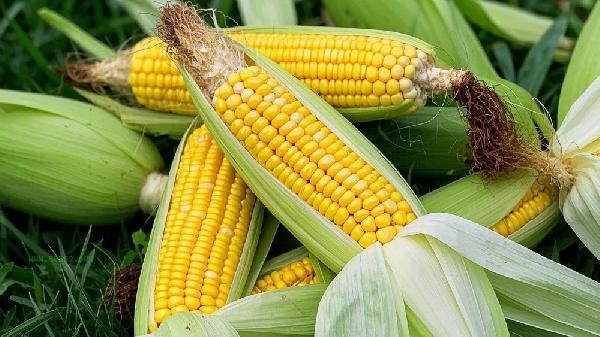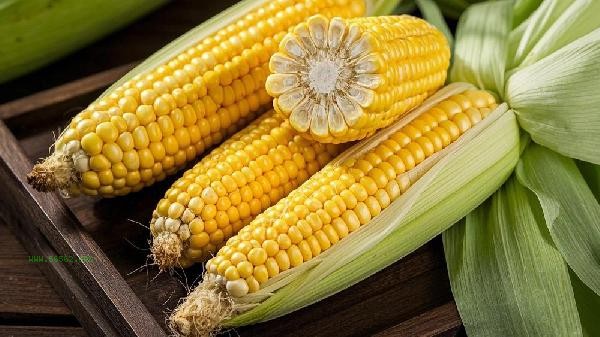The weight loss effects of glutinous corn and sweet corn need to be selected according to specific needs. Sweet corn is preferred for blood sugar control, and glutinous corn is preferred for satiety needs. There are differences between the two types of corn in terms of calories, glycemic index, and dietary fiber content.

Glutinous corn has a high content of amylopectin and a slow digestion and absorption rate, which can provide a more lasting sense of fullness and is suitable for weight loss individuals who need to control their appetite. Its sticky texture is derived from the high proportion of branched starch, which takes longer to decompose and helps delay hunger. Each 100 grams of glutinous corn contains about 140 calories, with slightly higher carbohydrate content than sweet corn, but equivalent dietary fiber content. For weight loss enthusiasts who are prone to feeling hungry between meals, glutinous corn is a better choice as it can help reduce snack intake. Attention should be paid to the stickiness of glutinous corn, which may increase chewing difficulty. People with weak gastrointestinal function should consume it in moderation. Sweet corn has a higher proportion of amylose and a relatively lower glycemic index, making it more suitable for weight loss individuals who need to control their blood sugar levels. Its moisture content accounts for about 70%, with approximately 86 calories per 100 grams, and its heat density is lower than that of glutinous corn. The soluble dietary fiber in sweet corn can bind with cholesterol and be excreted from the body, which is helpful in regulating blood lipids. Due to its high sugar content, sweet corn has a sweeter taste, but excessive consumption may stimulate appetite. Patients with diabetes or insulin resistance can preferentially choose sweet corn, but the single consumption should be controlled within half. Lutein and zeaxanthin in sweet corn are beneficial for eye health and are suitable for office workers who use their eyes excessively for a long time.

During weight loss, it is recommended to alternate between two types of corn. Glutinous corn is suitable as a staple food substitute with protein foods, while sweet corn can be used as an add-on or salad dressing. Note that corn should be paired with sufficient vegetables and high-quality protein to avoid consuming in large quantities. The preferred cooking method is steaming and boiling, avoiding the addition of high calorie ingredients such as butter and sugar. Gastrointestinal sensitive individuals should chew thoroughly, control their daily intake of corn to no more than 200 grams, and monitor their weight and body fat changes to adjust their diet structure based on their body reactions.









Comments (0)
Leave a Comment
No comments yet
Be the first to share your thoughts!